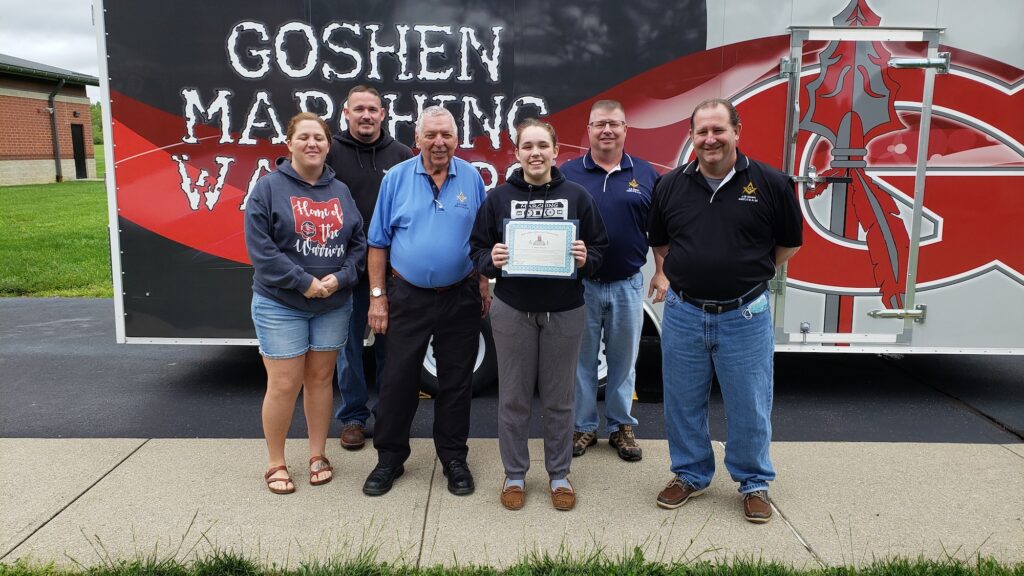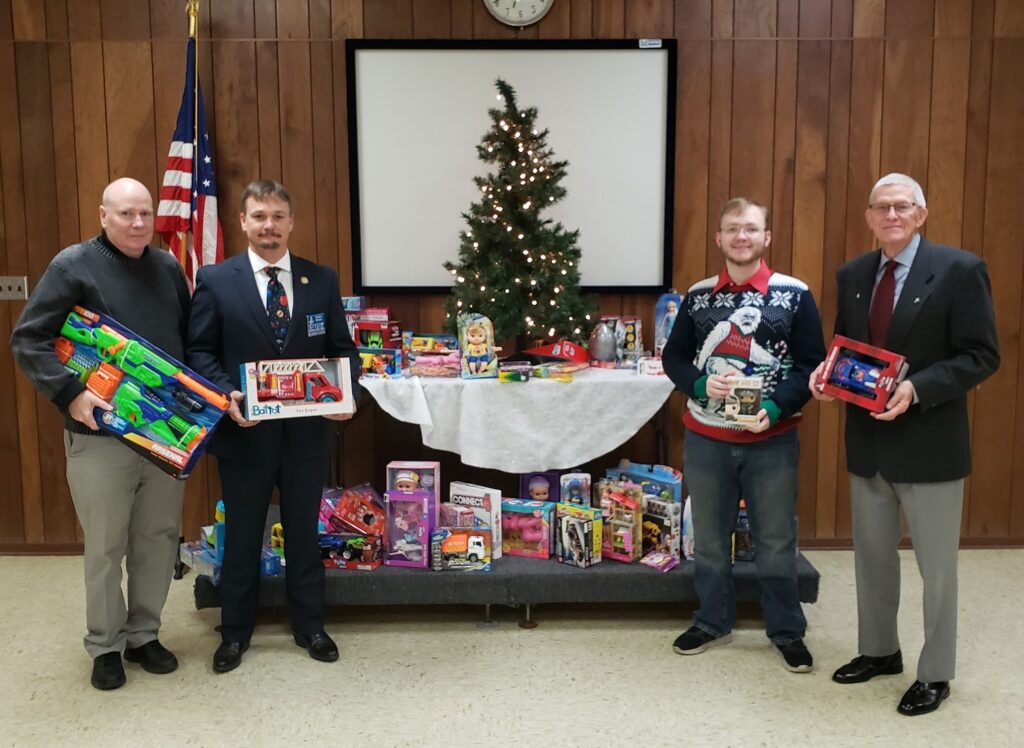So far with Secretary Olmstead, we’ve explored both J.B. Covert Lodge’s extensive charity efforts and how they get their brothers socially involved both inside and outside the lodge. But how do they make all this come together successfully? We conclude our Q&A series with Secretary Olmstead who offers advice on how to plan a successful community charity event that encourages overall involvement and excitement.

What is the most difficult part of planning and producing local charity fundraisers?
Trying to keep a high energy level and ensure top-notch execution for each event is undoubtedly the toughest challenge to planning an event. Just because we are a volunteer organization doesn’t mean that we should accept a lower level of execution. Our audience is still investing their time and money into our events, and we must show our recognition and respect for the value of those commodities. Keeping relationships with sponsors and donors is also very important in maintaining energy and excitement; when the event is over for the public, there is still work to be done to ensure sponsorship commitments are met so that we can count on the sponsor to be involved in next year’s event.
How does your lodge ensure that all brothers can be involved?

We try to compartmentalize the tasks and assign sub chairmen to areas that highlight the individual’s particular strengths. We also try to develop a culture of servant leaders in the lodge. There are no jobs that are beneath any member. So, from the Worshipful Master to the newest Entered Apprentice, you’ll see members of J. B. Covert working in the kitchen, taking out the trash, cleaning the toilets, or whatever needs to be done.
Do you have any advice for local lodges who would like to create new charitable events in their communities?
There are several keys to success in developing new events:
Use a member who is passionate about an idea as a chairman.
The passion projects are easier to develop excitement about and rally behind rather than a “must do” project. Engage this passionate member as chairman for the first 2-3 years of the event, but develop an exit plan so that ultimately the event is a “lodge” event and not “his” event.
Define critical mass for each event individually.
Some events may start off with 100 people attending and that may seem huge, but if the budget required 250, then you’ve missed the target. An event can be “successful” if two or three Brothers meet to help each other out outside of a lodge meeting.
Manage you and your lodge’s expectations for each event.
Make sure that the chairman’s and lodge’s definition of success are the same. Also, ensure that the financial control measures in your lodge allow for the flexibility of the chairman and event committee to support the event, but that the lodge is not being held accountable for uncontrolled expenses.
Honestly review the results of each event, but don’t be overly quick to abandon the idea.
Remember, no event goes off perfectly, especially the first time you try it. Have an honest discussion with the committee about what could be done to improve the event, and make sure you have the right people on the committee completing a job that fits their skill set. If your target audience is not responding after a few difference attempts, then it will be necessary to abandon this event and try something different.
Do you have any tips for successful local charity planning? Share them with us on Facebook and Twitter at @GrandLodgeOhio.
Learn about 2019’s MMSAP Workshop from the Grand Lodge of Ohio, where we helped Ohio youth build healthy relationships within their communities.